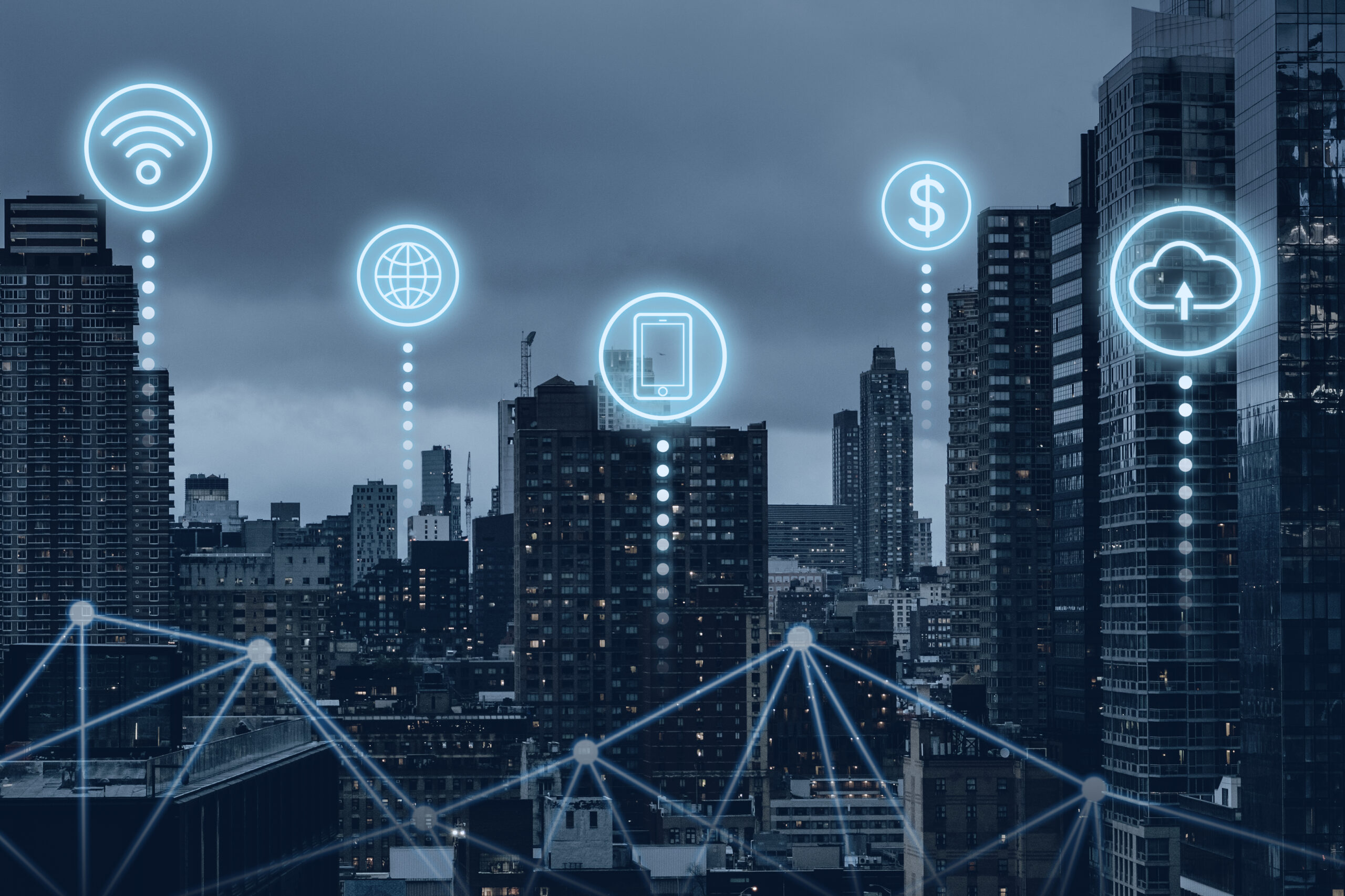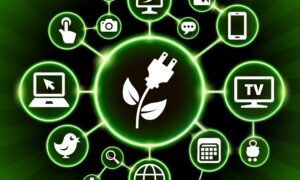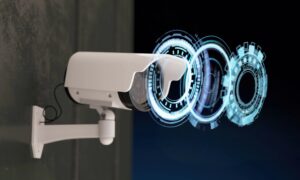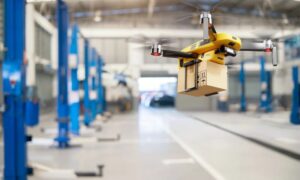In 2025, cities around the world are evolving into smarter, more efficient, and sustainable environments thanks to cutting-edge technologies like the Internet of Things (IoT) and Artificial Intelligence (AI). These innovations are fundamentally changing the way we live, work, and interact with our urban spaces. From autonomous vehicles to smart energy grids, the future of cities is interconnected, data-driven, and designed for maximum efficiency.
What is a Smart City?
At its core, a smart city uses technology to improve the quality of life for its residents while enhancing sustainability, efficiency, and innovation. By integrating IoT devices, AI systems, and real-time data analytics, these cities can optimize everything from traffic flow to waste management. A smart city is about leveraging digital tools to create a more responsive, interconnected environment.
Key Technologies Powering Smart Cities
- Internet of Things (IoT):
IoT devices, like sensors and connected systems, gather and exchange data to give real-time urban insights. These systems monitor air quality, traffic congestion, and infrastructure performance using automated, interconnected devices deployed across cities. - Artificial Intelligence (AI):
AI algorithms process IoT data to deliver practical, real-time insights for smarter urban planning and management.
Innovative Applications of Smart City Technology
- Smart Transportation Systems
Smart transportation systems are one of the most transformative aspects of smart cities.- Autonomous Vehicles: These self-driving cars communicate with other vehicles and traffic systems in real-time, reducing accidents, easing traffic congestion, and promoting sustainable transportation.
- Smart Traffic Management: AI-driven traffic lights and management systems optimize routes, reduce gridlock, and lower emissions.
- Energy Efficiency and Sustainability
Sustainability is key for future cities. Smart grids and renewable energy reduce waste and carbon footprints.- Smart Grids: These energy networks automatically monitor and adjust energy distribution, reducing power outages and increasing energy efficiency. They integrate renewable sources like solar and wind, promoting greener cities.
- Building Automation: Smart buildings equipped with IoT sensors optimize energy consumption, adjusting lighting, heating, and cooling systems based on real-time data.
- Smart Healthcare and Public Services
Healthcare systems in smart cities are becoming more efficient and personalized through the use of IoT and AI.- Telemedicine: With the help of IoT-connected health devices, patients can have remote consultations with doctors, leading to quicker diagnoses and more personalized treatment plans.
- Predictive Maintenance: AI systems can predict when infrastructure or public utilities require maintenance, preventing breakdowns and ensuring smooth operations.
- Public Safety and Security
AI-powered surveillance systems and smart emergency response systems are enhancing urban safety.- AI Surveillance: AI-enabled cameras can detect unusual behavior or potential hazards, alerting authorities in real-time.
- Disaster Response: In the event of a natural disaster or emergency, smart city technology enables quicker response times by guiding emergency services to the right locations using real-time data and AI predictions.
Challenges of Smart Cities
While the potential of smart cities is vast, they come with their own set of challenges:
- Privacy Concerns: With increased data collection, concerns about personal privacy and data security become paramount. It’s essential that smart cities develop strong cybersecurity protocols and transparent data policies to maintain public trust.
- Digital Divide: Rapid smart city advances risk leaving behind rural and low-income populations without equal access to technology and benefits. Ensuring equitable access to technology and benefits is a key concern for city planners.
- High costs come from building infrastructure like IoT networks, AI systems, and advanced energy grids for smart cities. Governments and private companies need to collaborate to manage these investments effectively.
The Road Ahead: Smart Cities Beyond 2025
Beyond 2025, smart cities will use quantum computing, 6G networks, and AI advancements.
These will enable more sophisticated systems and greater urban efficiency. These innovations will allow for even more sophisticated systems and greater efficiencies in urban living.
- Quantum Computing: Quantum computing can accelerate data processing, enabling faster, more powerful predictive analytics for traffic, energy, and healthcare.
- 6G Networks: 6G networks will offer incredibly fast, stable internet speeds. This will improve IoT connectivity and enable new urban management possibilities.
Final Thoughts: A New Era of Urban Living
Smart cities in 2025 go beyond technology; they redefine how we engage with our environment daily. Through IoT and AI, urban spaces become more efficient, sustainable, and responsive to residents’ needs. However, these innovations must prioritize inclusivity, equity, and respect for privacy to truly succeed.
Moreover, as we push the boundaries of urban development, smart cities promise a seamless, connected, and sustainable lifestyle. Nevertheless, achieving this future demands careful planning, thoughtful governance, and strong ethical commitment. Only then can the benefits be fairly shared by all communities.
Ultimately, the success of smart cities depends on balancing technological progress with social responsibility. By doing so, we can build urban environments that enhance quality of life for everyone.





















